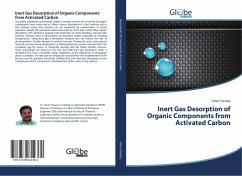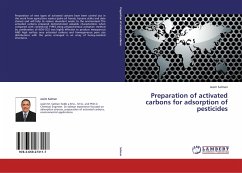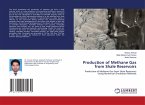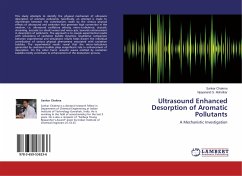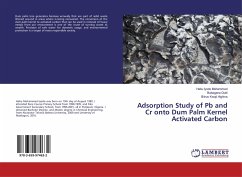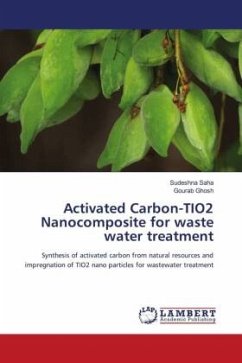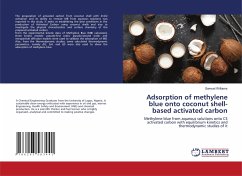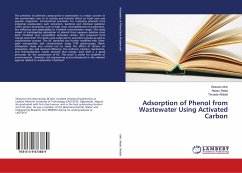Gas phase adsorption at activated carbon is mostly used for the recovery of organic components from water and air. Water vapour desorption is a fast method and in this method water and solvents can be separated by condensation in phase separator. Usually the activated carbon bed must be dried and cooled after vapour desorption. This method is applied with restriction on more fastidious solvents like ketones. Ketones tend to decompose on activated carbon especially at elevated temperatures. Using inert gas a desorption medium one can reduce the rate of decomposition. Usually nitrogen is used as inert gas. During last years some special methods are also being developed e.g. Rekusorb-process (water removal from the circulatory gas by means of molecular sieving) and the Water Transfer process. These procedures are based on the fact that with inert gas desorption water is desorbed first. Thus a favorable water separation at the beginning of desorption phase is possible. For safe process design one should know the fundamentals of the process and the question should be clarified that with inert gas desorption of two components which component is desorbed first either water or any solvent.
Bitte wählen Sie Ihr Anliegen aus.
Rechnungen
Retourenschein anfordern
Bestellstatus
Storno

